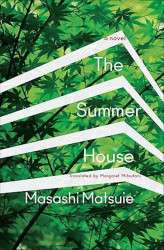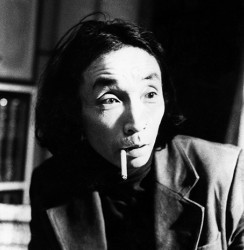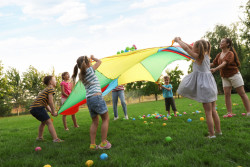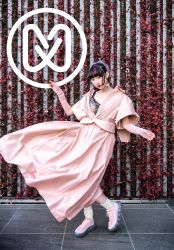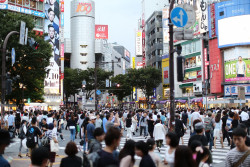
Kabuki isn’t just another form of entertainment—it’s a captivating blend of theater, dance, and music that’s been stealing the spotlight in Japan for over 400 years. If you’ve never experienced it before, you’re in for a treat, especially if you plan to catch a show during the November program at Kabukiza Theatre in Tokyo or at Minamiza Theatre in Kyoto. This iconic venue is designed to offer a beginner- and visitor-friendly experience, ideal for those who may not speak Japanese or possess extensive knowledge of the nation’s history.
Why Kabuki Should Be on Your Japan To-Do List
Kabuki can seem intimidating at first. Beyond the language barrier, its storylines often delve into Japan’s past, exploring deep topics and themes. For newcomers, the November program at Kabukiza Theatre in Tokyo and Minamiza Theatre in Kyoto are designed to ease you into the world of Kabuki, with both programs offering English guides.
What to Expect at the November Program
Here’s why the November program stands out—there’s a little something for everyone, and it’s structured to make Kabuki approachable. Before the show kicks off a Kabuki actor will give a short intro, breaking down the ancient art form. If you’re anything like me, you’ll appreciate this because it adds so much context. By the time the lights dim and the actors hit the stage, you’ll be ready to dive right into the action.
This month’s performances at Kabukiza Theatre feature Sannin Kichisa Tomoe No Shiranami, a story about three notorious thieves. You’ll also catch Shakkyo, a high-energy dance number featuring lion-like creatures that leap and twirl across the stage. Minamiza Theatre presents Shojo, a lively Kabuki dance about a mythical, sake-loving spirit following the humorous yet insightful commentary in the Introduction to KABUKI.
Minamiza Theatre is hosting its program from November 2–10, with matinees starting at 2 pm and evening shows at 6 pm. Arrive early for a fun interactive kabuki exhibition, featuring a hands-on tsuke-uchi (wooden clapper) experience starting 1 hour before the show. Kabukiza Theatre’s program in Tokyo runs from November 1–23, with matinees at 11 am and evening shows at 4 pm. Both venues offer the perfect chance to see Kabuki in two of Japan’s most historic cities.
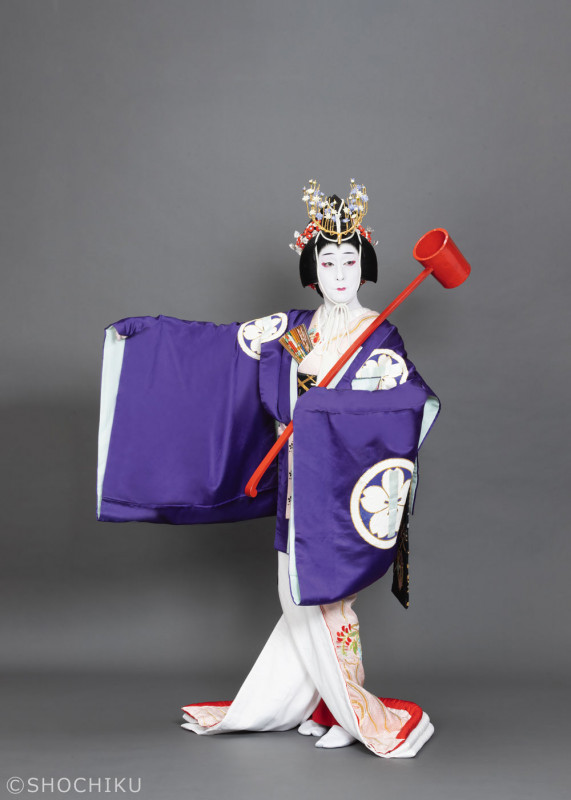
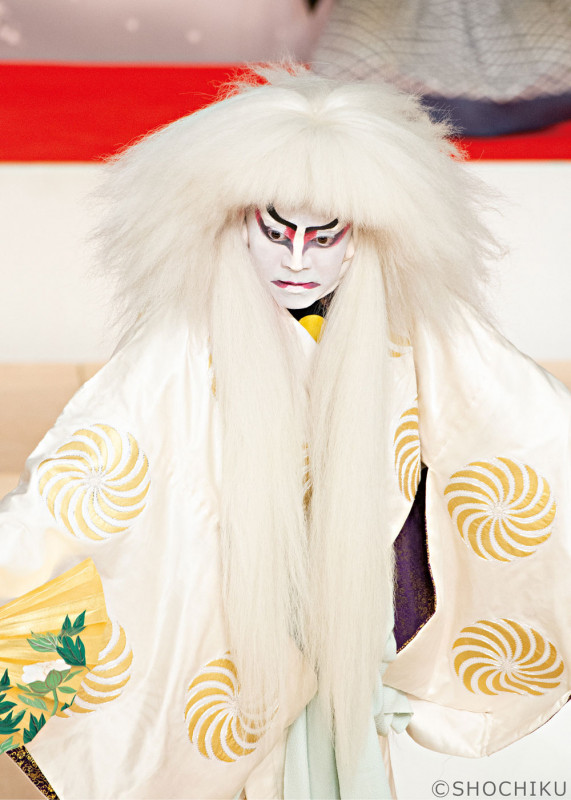
Tips for First-Timers
If you’re attending Kabuki for the first time, there are a few things you should know:
Plan ahead – Kabuki performances can last a few hours, so plan to grab a bite before the show. Tickets sell out quickly too, so make sure to get yours early to secure your spot.
Get the English guide – The translations will help you follow the story, and they also provide fun facts about the actors and the performance style.
Expect the unexpected – Kabuki isn’t shy about tackling heavy themes like seppuku (ritual suicide) or kubi-jikken (the inspection of severed heads). It can be intense, but it’s all part of the tradition.
Dress comfortably – There’s no strict dress code, but you’ll want to be comfortable, especially if you’re sitting for a while. Plus, theaters can get chilly!
Why Kabuki Remains Popular
So, what keeps people coming back to Kabuki after all these years? In a word: spectacle. Kabuki’s not just about the story; it’s about the experience. The actors move with precision and the costumes and makeup are works of art.
Kabuki has survived because it evolves. While it stays true to its roots, it doesn’t shy away from drawing in modern audiences. The November program is a great example of how Kabuki balances tradition with accessibility, especially for foreign visitors. So, whether you’re an expat living in Japan or a tourist with a few days to spare, catching a Kabuki show is a must.
Kabukiza Theatre – Tokyo
Purchase tickets here!
Minamiza Theatre – Kyoto
Purchase tickets here!



